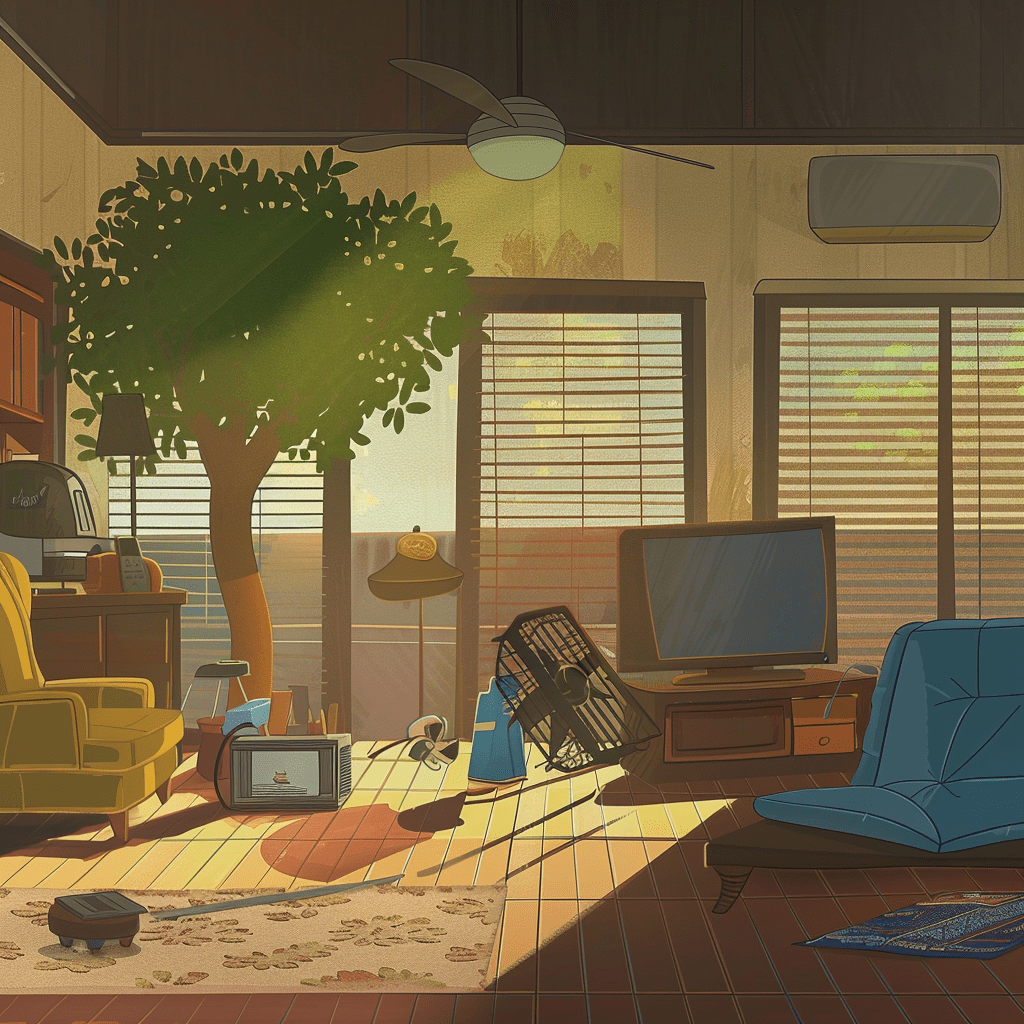Upcycling Used Car Parts

To upcycle old car parts, we need to assess their condition, clean them, and ensure safety before diving into DIY projects. Each step is crucial for successful and safe repurposing.
Assessment of Car Part Condition
We begin by inspecting the car parts closely. Look for signs of wear and tear like cracks, bends, or corrosion. Check moving parts to ensure they still function properly. Metal parts often have rust, which isn’t always a deal-breaker but needs attention. Plastic parts, if not too brittle, can often be repurposed creatively.
Tips for assessment:
- Visually inspect for major damage.
- Test mechanical parts for functionality.
- Consider if the part’s condition suits your project needs.
Cleaning and Maintenance
Cleaning is vital for any upcycling project. Use soap and water for initial cleaning. For stubborn grime, a degreaser works well. Pay special attention to rust; sand it down using sandpaper or a wire brush. For a polished look, after cleaning, consider giving the parts a new coat of paint. This not only makes them look good but also provides a layer of protection.
Steps for cleaning:
- Wash with soap and water.
- Remove rust with sandpaper.
- Apply a fresh coat of paint for protection and aesthetics.
Safety Considerations Before DIY Projects
Safety should always be top of mind. Wear goggles and gloves to protect yourself from sharp edges and harmful materials. Make sure the tools you use are appropriate for the task to avoid accidents. If you are cutting or modifying metal, ensure good ventilation to avoid inhaling fumes.
Safety tips:
- Wear safety goggles and gloves.
- Use tools designed for metal or plastic.
- Ensure the workspace is well-ventilated.
Creative Upcycling Project Ideas
Transforming old car parts into useful or decorative items can be a fun and satisfying experience. Here, we’ll explore various ways to repurpose components like engine blocks, old tires, and car seats, turning them into furniture, household items, and art pieces.
Furniture and Decor from Car Parts
Car parts can be creatively turned into furniture and home decor. For example, engine blocks can be repurposed into coffee tables by adding a glass top.
Car seats make unique chairs with some reupholstering. Suspension pieces can be turned into sturdy table legs.
Consider using old tires as planters or creating a tire coffee table with a wooden top. Car door handles can be reimagined as drawer pulls, adding a unique touch to cabinets.
Practical Household Items
We can turn several car parts into practical household items. For instance, seat belts can be used to make strong and durable organizers or even stylish belts.
Radiators can be repurposed into towel warmers or wine racks. Old rubber hoses can be turned into hose reels for gardens.
Carpets and mats from cars can make great doormats or even rugs for the garage. Car doors can be modified to create unique and functional shelves.
Art Pieces and Sculptures
Many car parts make excellent materials for art and sculptures. For instance, gears can be welded together to form intricate sculptures. An engine block can be transformed into a stunning industrial-style lamp.
Old tires can be stacked and painted to create outdoor sculptures or planters. Coil springs from cars can be used as bases for art pieces or even creative DIY projects like custom lamps.
We can also use car parts to create themed sculptures, providing a unique and artistic flair to any space. There’s no limit to the possibilities when we embrace our creativity and repurpose car components.
Recycling Options and Donating for a Cause
We can make a significant impact by recycling old car parts responsibly and donating them to charities that can put them to good use.
Recycling Old Car Parts Properly
Recycling car parts can help reduce waste and pollution. Batteries, scrap metal, and oil filters are often recyclable. Local junkyards and recycle centers usually accept these items, ensuring they don’t end up in landfills. For example, old windshields can be recycled into building materials, reducing the need for new glass production.
Tires pose a significant environmental threat if not recycled properly. Recycled tires can be repurposed into playground surfaces or even fuel. Steel and iron from car parts like transmissions and wheels can be melted down and reused in manufacturing, decreasing the need for new metal from mining. Even license plates can become creative items like a mail organizer or wall decor.
Charitable Donations and Environmental Impact
Donating car parts or old vehicles to charity is another excellent option. Organizations like Wheels for Wishes and Make-A-Wish accept car donations. They often provide free towing and a tax deduction, making it easy and rewarding for us to donate. These charities use the proceeds to support their causes, making our old cars valuable once more.
Old vehicles can also be donated for upcycling projects. An old car hood can become a unique headboard or tire rims might transform into a stylish side table. This not only helps the environment but also supports creative and practical upcycling efforts. Recycled car parts can often be used for other purposes, giving them a second life instead of contributing to waste.
I’m Cartez Augustus, a content creator based in Houston, Texas. Recently, I’ve been delving into different content marketing niches to achieve significant website growth. I enjoy experimenting with AI, SEO, and PPC. Creating content has been an exciting journey, enabling me to connect with individuals who possess a wealth of knowledge in these fields.

